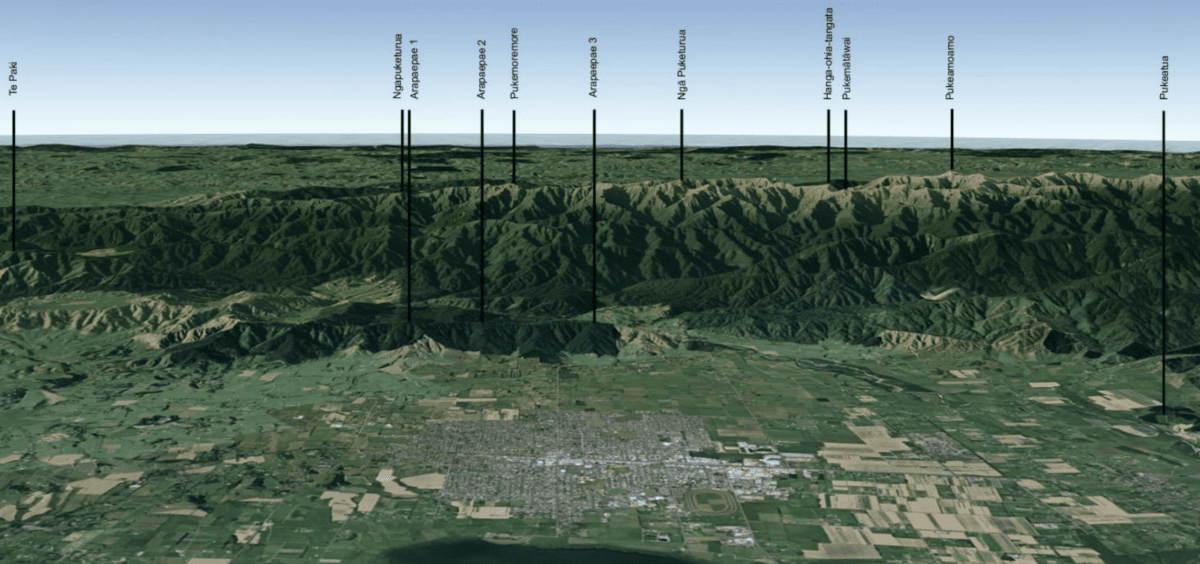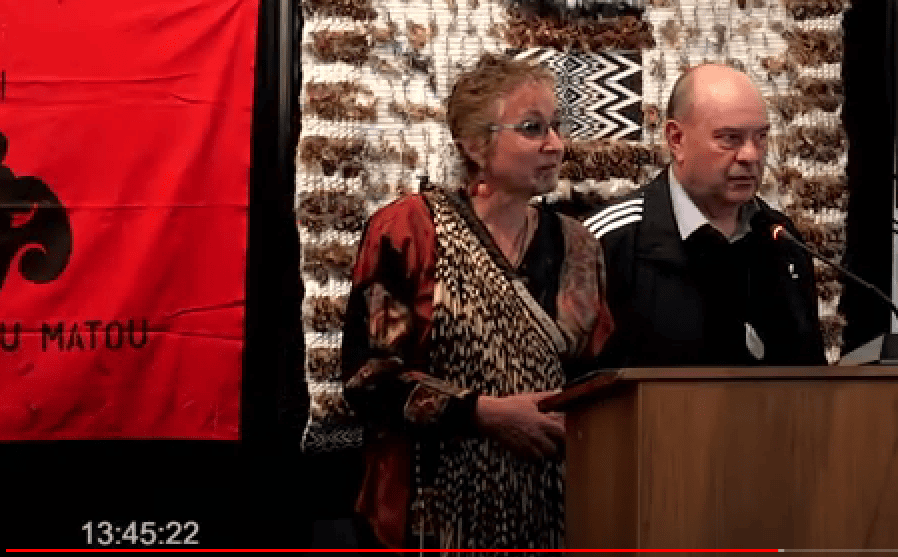Kāpiti researchers Te Kenehi Teira and Heeni Collins (Ngāti Raukawa, Ngāti Haumia) recently came to Paekākāriki to explain some of the background behind a Ngāti Raukawa claim to the Tararua Ranges, presented in June to the Waitangi Tribunal. Their research reveals fascinating background on Māori relationship with the Tararua and connects to the stories of our own coast, including Ngāti Haumia chief Ropata Hurumutu, who welcomed people to Paekākāriki.

Teira and Collins found that rangatira of Ngāti Raukawa, Ngāti Toa and Te Āti Awa had been paid small sums of money in 1873 to pacify them, while the ranges were bought from Muaūpoko, Rangitāne and Ngāti Kahungunu by the Wellington Provincial Government for a much larger sum of money.
This followed the discovery of a hidden archives file containing evidence of Ngāti Raukawa letters, petitions, and hui advocating for their mana in the Tararua ranges in the 1870s and 1880s.

“The report ‘Nga Pae Maunga o Tararua – Te Mana o Ngāti Raukawa’ – written by Teira and Collins and completed late last year – covers Ngāti Raukawa customary interests in the Tararua block (41,683ha), the Kaihinu block (16,592ha), and also the Mangahao block (12545ha), stretching almost the entire length of the ranges from Manawatū river south to Kapakapanui, above Waikanae.
Pukematawai (meaning the hill where the waters originate), beyond Waiopehu above Levin, is a sacred place for Ngāti Raukawa, from which the Mangahao, Ōhau, and Ōtaki rivers flow.”
They also cite the names by which Ngāti Raukawa knew the mountain peaks.
Teira and Collins spoke with Mark Amery and Justin Corbett on Paekākāriki 88.2FM. Listen here.


